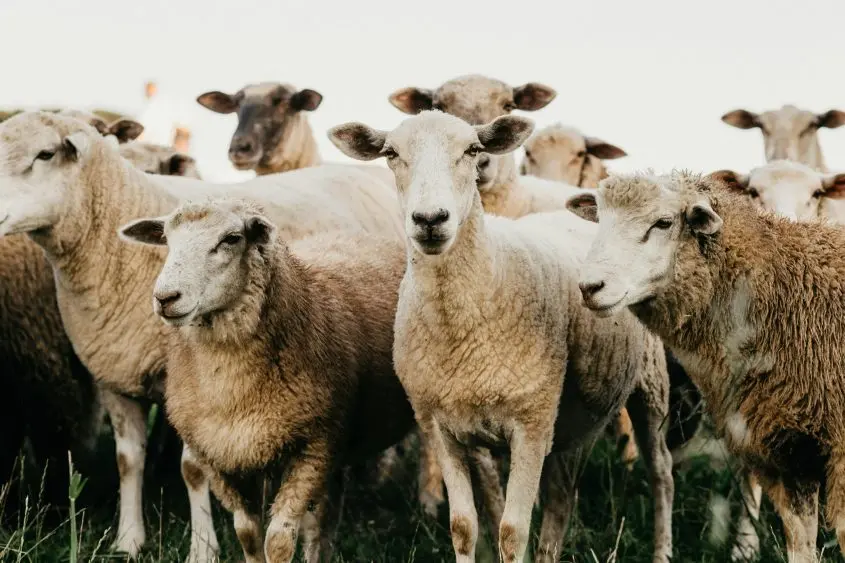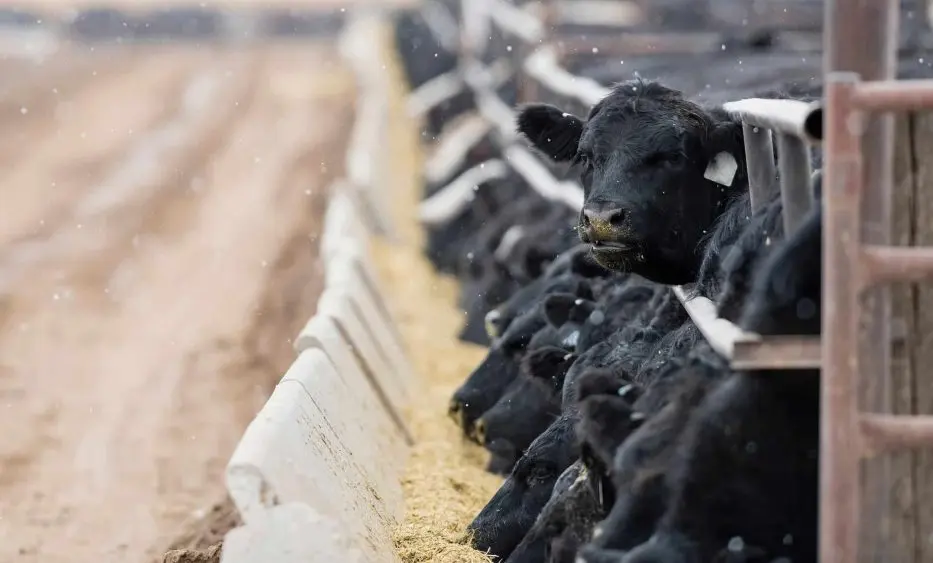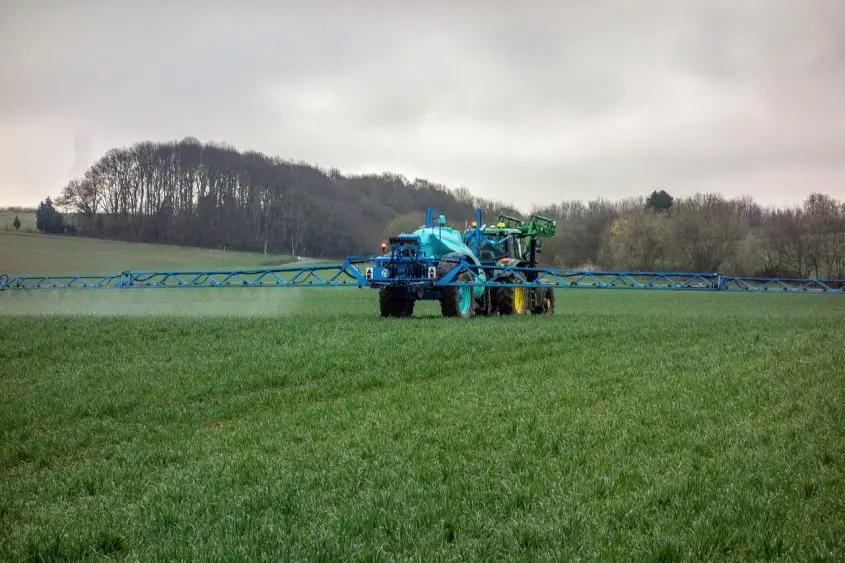
From American Sheep Industry
In last month’s news brief, we explored how genotyping strategies influence the accuracy of genomic predictions. That article emphasized the value of randomly genotyping animals within a flock to support more reliable genomically-enhanced estimated breeding values (GEBV), especially in the early stages of developing a reference population. As a reminder, a reference population is a large group of animals that have both performance and genotype information that is established in the early stages of genotyping in breed. In this follow-up article we focus on another critical factor that influences the success of genomic selection: the quality and completeness of the pedigree data.
As genomic selection gains momentum in U.S. sheep breeding programs, producers may assume that DNA testing alone is enough to drive genetic progress. While genomics is a powerful tool, accurate pedigree information remains essential unless all animals included in the evaluations are genotyped. Since that is unlikely, and since pedigree errors reduce the accuracy of even GEBV, careful pedigree recording remains key to take full advantage of existing genotyping.
In a recent study, we evaluated the impact of different types of pedigree errors, such as misidentified sires or missing dam and sire information, on GEBV accuracy. We tested these under thousands of genotyping strategies by mimicking (simulating) a realistic flock structure for a U.S. sheep operation. The results were clear: pedigree errors reduced GEBV accuracy and increased bias of the GEBV predictions. Incorporating genomic data mitigated, but did not fully eliminate, the reduction in accuracy caused by pedigree errors.
When a dam or sire is unknown, the reference population becomes less connected and lowers GEBV accuracy. With moderate but typical rates of pedigree errors, such as when 10 to 20 percent of animals had pedigree errors, the inclusion of genomic data helped, but not enough to fully recover the lost accuracy. Only when there were fewer than 10 percent pedigree errors were the average accuracies of GEBV, across all proportions of animals genotyped, higher than without pedigree errors.
Producers participating in NSIP and other evaluation programs can take steps to reduce pedigree errors by using ear tags or electronic identification, recording lambing events carefully, and incorporating genomic parentage verification when needed. Even a small improvement in pedigree quality can result in more accurate breeding values.
Our findings have important implications for sheep producers. While genomic selection reduces the reliance on complete pedigrees, it does not eliminate the need for accurate parent identification. In fact, genomic evaluations are most powerful when paired with reliable pedigree data. Ensuring accurate sire and dam records boosts the value of genotyping investments and improves the ability of breeders to identify top-performing animals across flocks.
For further information contact Artur O. Rocha (oliveir3@purdue.edu).
Acknowledgements. We thank the many U.S. sheep associations and the National Sheep Improvement Program for their contributions to this research. This work was supported by the Organic Agriculture Research and Extension Initiative (grant 2016-51300-25723/project accession no. 1010329), and by the Agriculture and Food Research Initiative Competitive Grant (grant 2022-67015-36073/project accession no. 1027785), from the USDA National Institute of Food and Agriculture. The USDA is an equal opportunity provider and employer. Any opinions, findings, conclusions, or recommendations expressed in this publication are those of the author(s) and do not necessarily reflect the view of the USDA.



